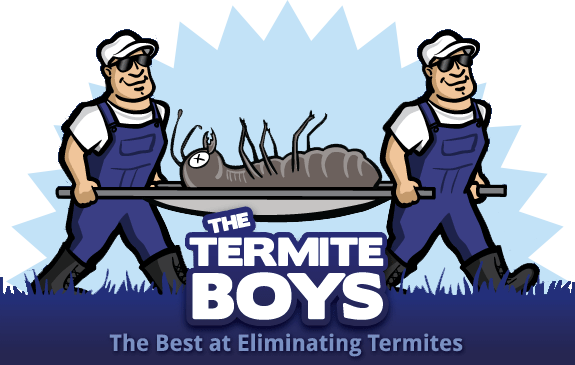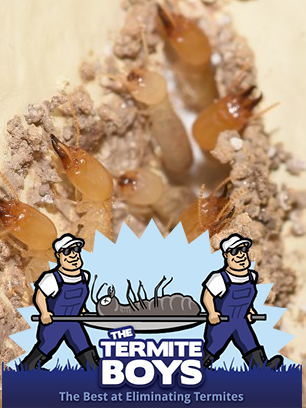There are two types of homes in Massachusetts: those that have termites and those that will have them. Your home is your biggest single investment, so protecting it should be a top priority. Termites cost Boston homeowners hundreds of millions of dollars each year. That’s why it’s important to know about termites, be able to recognize if there’s an issue and what to do about it.
How common are termites in Massachusetts?
Termites are active across the state, from Boston to Worcester and Springfield, Massachusetts – and are less likely to be found along the coast in Cape Cod. According to Termite Infestation Probability Zones (TIP Zones), most of Massachusetts is located in TIP Zone #2 (moderate to heavy), meaning possibilities for termite damage is very significant.
What termites are found most often in Massachusetts?
When it comes to the northeast US, the eastern subterranean termite dominates the region. States like New York and Pennsylvania have been found to contain other termite species on occasion, mainly drywood species. But finding any termite species other than the eastern subterranean termite is exceptionally rare in northeast states, and when other non-native termite species are found in the region, they are almost always eradicated quickly and permanently.
Drywood termites are not native to Massachusetts. There’s a small chance they can be transported here in furniture or other wooden objects, but termite infestations in Massachusetts homes are most likely to be subterranean variety. Also, there have been no Formosan termites identified in this area.
There are 45 different species of termites throughout the US, but subterranean termites, the most common here, are the ones most famous for causing extensive damage to homes .These underground pests need contact with the soil as a source of moisture. Tiny but aggressive, they use mud tubes to reach above-ground wood, and once they enter your home, they chew through wood and drywall at an alarming pace.
How do I know if I have termites?
The signs of termite activity depend upon the type of termites you have. Subterranean termites are found underground; the less-common drywood termites burrow deep within wooden structures. You may have termites if you spot any of the following:
- Discolored or drooping drywall
- Peeling paint that resembles water damage
- Wood that sounds hollow when tapped
- Small, pinpoint holes in drywall
- Buckling wooden or laminate floor boards
- Tiles loosening from the added moisture termites can introduce to your floor
- Excessively squeaky floorboards
- Crumbling, damaged wood
- Stuck windows or doors
- Maze-like patterns in furniture, floor boards or walls
- Mounds of drywood termite pellets, often resembling small piles of salt or pepper
- Piles of wings left behind after swarms, often resembling fish scales
- Mud tubes climbing the foundation of your home
- Flying termite swarms anywhere on your property
In Massachusetts, swarming generally occurs during the spring but occasionally a few smaller swarms may occur during the summer; however, infestations are not limited to those months alone. Swarming most often occurs during the morning following a warm rain shower whereby the soil temperature is around 70°F.
What are the treatment options?
Because of the specialized equipment and chemicals needed to effectively and safely treat your home, it’s nearly always best to hire a professional.
- The liquid treatment most often is Termidor, the leading and most effective termiticide for eliminating and controlling termites. Termidor is made from a revolutionary non-repellent and undetectable chemical technology. That means termites cannot see, smell, taste or avoid Termidor. Instead they contact, ingest and share it with their nest-mates.
- The second is a baiting system that attempts to attract termites and subsequently poison the termite colony. The baiting system approach calls for the bait stations to be placed around the house and checked every three months to determine if termites have infested the wood bait in the station.
Both methods are people-, pet- and environmental friendly. It’s best to discuss the pros and cons of each with your pest management professional and decide which technique is best for you.
Protect your most valuable asset – your Boston home – from termites and their damage. Get a no-obligation inspection and estimate from a termite control professional.

